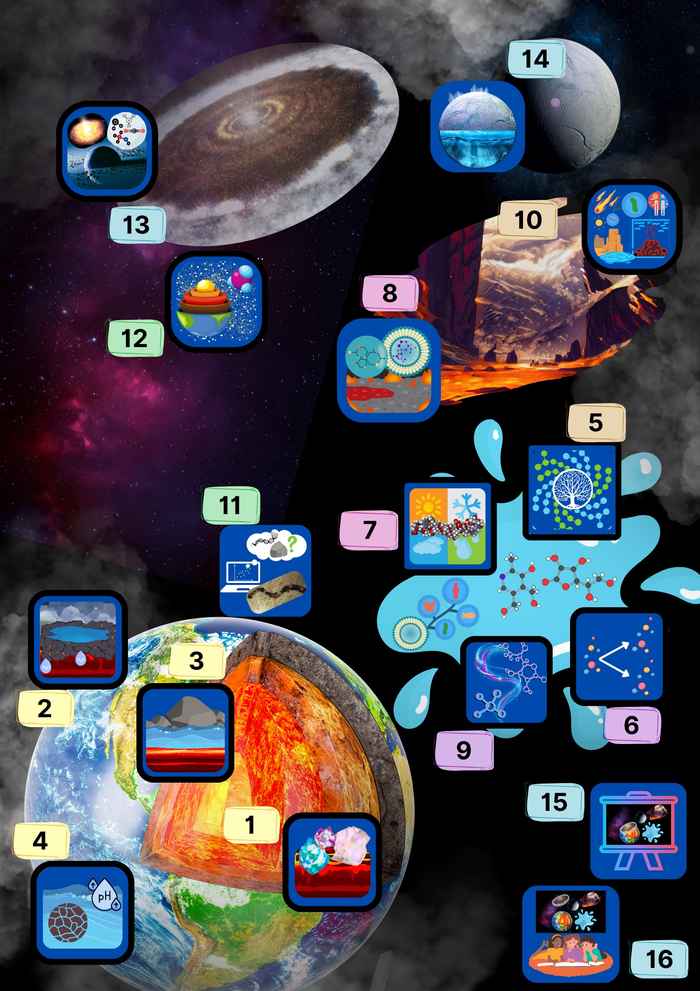Work Package 5 of the PRELIFE project
14 November 2024

The origin of life is one of science's greatest unsolved puzzles. Several theories exist, but there is no consensus. PRELIFE is built on an interdisciplinary approach in which astronomy, biology. chemistry, computer science, earth and planetary sciences, education science, mathematics, and physics work together on the question 'How and under what conditions did life arise on Earth, and how common are these conditions in the universe?' These questions are also alive in society, which is why teachers, schoolchildren and the public will be involved in the search for answers, through educational projects and collaborations with artists and museums.